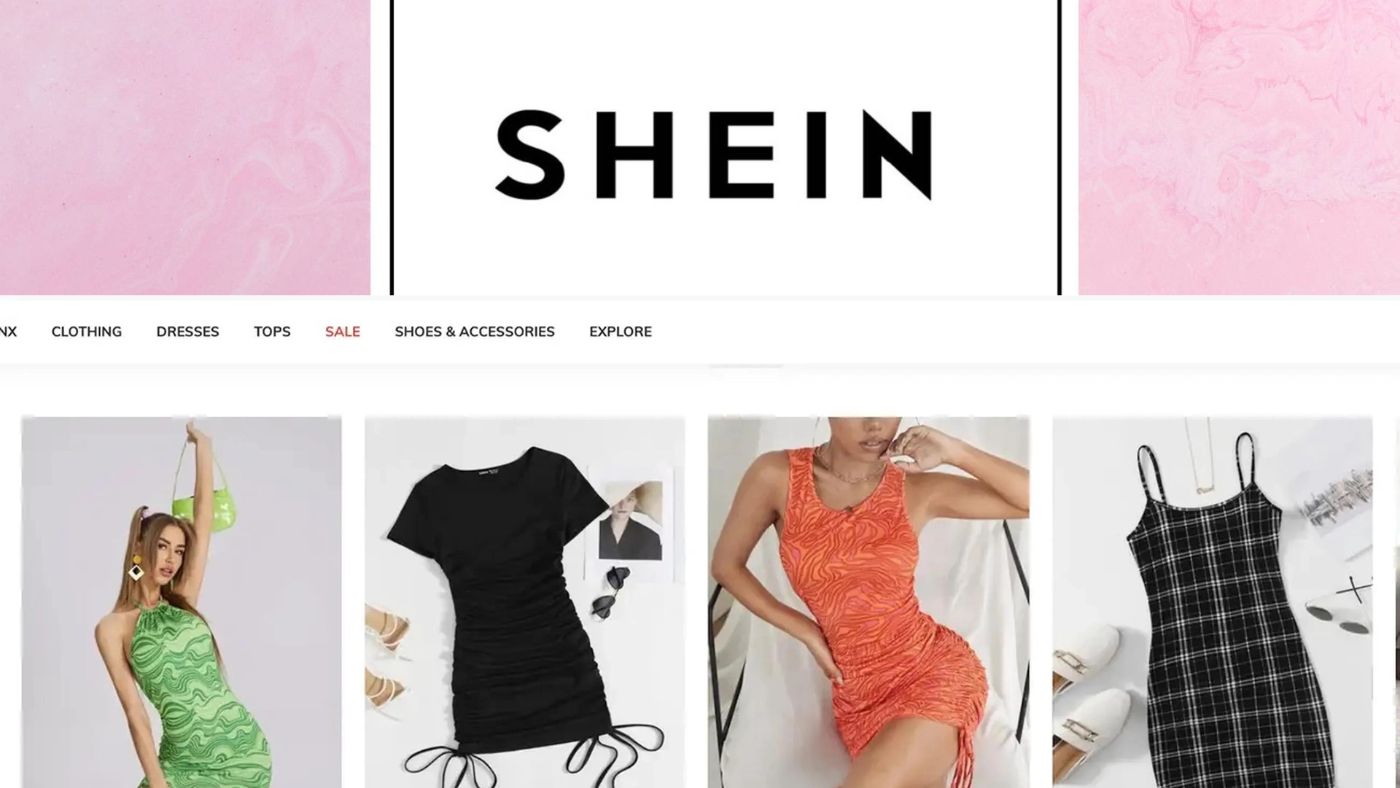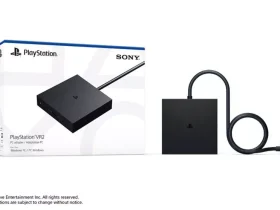Shein is aiming to sell the supply-chain technology that has been a cornerstone of its success. Industry experts believe that while this move could potentially increase the online retailer’s revenues, convincing brands to adopt the technology may be challenging.
Shein’s unique on-demand manufacturing model allows it to produce designs within weeks, compared to the several months typical among its fast-fashion competitors.
According to an investor letter from Shein’s executive chair, Donald Tang, first reported by The Wall Street Journal in March, Shein intends to sell this technology to other brands and retailers.
“Supply-chain technology is a top secret for a business like this,” stated Evelyn Gong, an assistant professor of operations management at Carnegie Mellon University’s Tepper School of Business.
“People have been curious, and now Shein suddenly is willing to share it with everyone who’s willing to pay for this technology, including its competitors.”
Founded in China in 2012, Shein moved its headquarters to Singapore in late 2021. As a private company, it isn’t required to disclose its financials, but Coresight Research estimated its revenue at nearly $32 billion in 2023. The company has experienced rapid growth and has even larger ambitions.

Shein confidentially filed for a US initial public offering in November, which is expected to be one of the largest public debuts in recent years. Following regulatory challenges and criticism from US lawmakers, Shein is reportedly considering moving its IPO to the London Stock Exchange.
Shein has expanded beyond its fashion roots, now selling products in categories such as home goods, electronics, and office supplies. It has also adopted a marketplace model similar to Amazon’s by opening its site to third-party sellers.
However, Shein’s rise hasn’t been without controversy. The company has faced allegations related to its labor practices and import strategy, which could impede its expansion into new business lines, experts have noted.
Shein works directly with over 5,000 suppliers, mainly in China. Its forecasting tools and extensive customer data enable it to stay on top of trends.
By demonstrating high demand for its products on social media, Shein can negotiate lower rates and minimum order quantities with suppliers, ensuring that it manufactures only the most popular items and avoids unsold inventory.
“Fast fashion has been around for a while,” said Prince Ghosh, cofounder and CEO of the quality-control startup Factored Quality. “Shein, and now Temu and many others, really just built this modern version of it that they have owned a lot of themselves.”
This on-demand model could appeal to small, up-and-coming brands that might want to experiment with designs before scaling production.
Shein already implements this on a smaller scale through its Shein X program, launched in 2021, which involves Shein manufacturing, marketing, and selling designs created by individual designers.

Making the technology more widely available could help partner brands gain valuable insights into inventory levels and demand forecasting.
Brands aiming to keep their prices low while staying current with seasonal trends could also benefit. Developing prototypes can be costly, especially in the US, so using Shein’s supplier network could be more economical.
“It would be a pretty good playground for individual designers and small brands or startups that are just starting out and don’t have the resources to set up an independent supply chain themselves,” Gong noted.
Shein has also leveraged de minimis, a provision in US import law allowing shipments under $800 to enter the country duty-free and with minimal inspection.
It consolidates orders in fulfillment centers in China and ships them by air to the US in individual parcels, avoiding the duties traditional retailers would pay on wholesale imports. Brands partnering with Shein could benefit from this practice as well.
“That’s how they’re able to keep that low cost,” Ghosh added.
A Shein spokesperson clarified that the company’s success did not depend on the de minimis provision. “Our business model, focused on creating an on-demand production approach that measures and responds to customers’ needs and preferences, is what drives our growth,” the representative said.
Nonetheless, calls to overhaul de minimis have intensified. US lawmakers and advocacy groups argue that the loophole harms American textile businesses and allows illicit goods to enter the country. Shein has expressed support for changes to de minimis, provided they are fair.






Leave a Reply